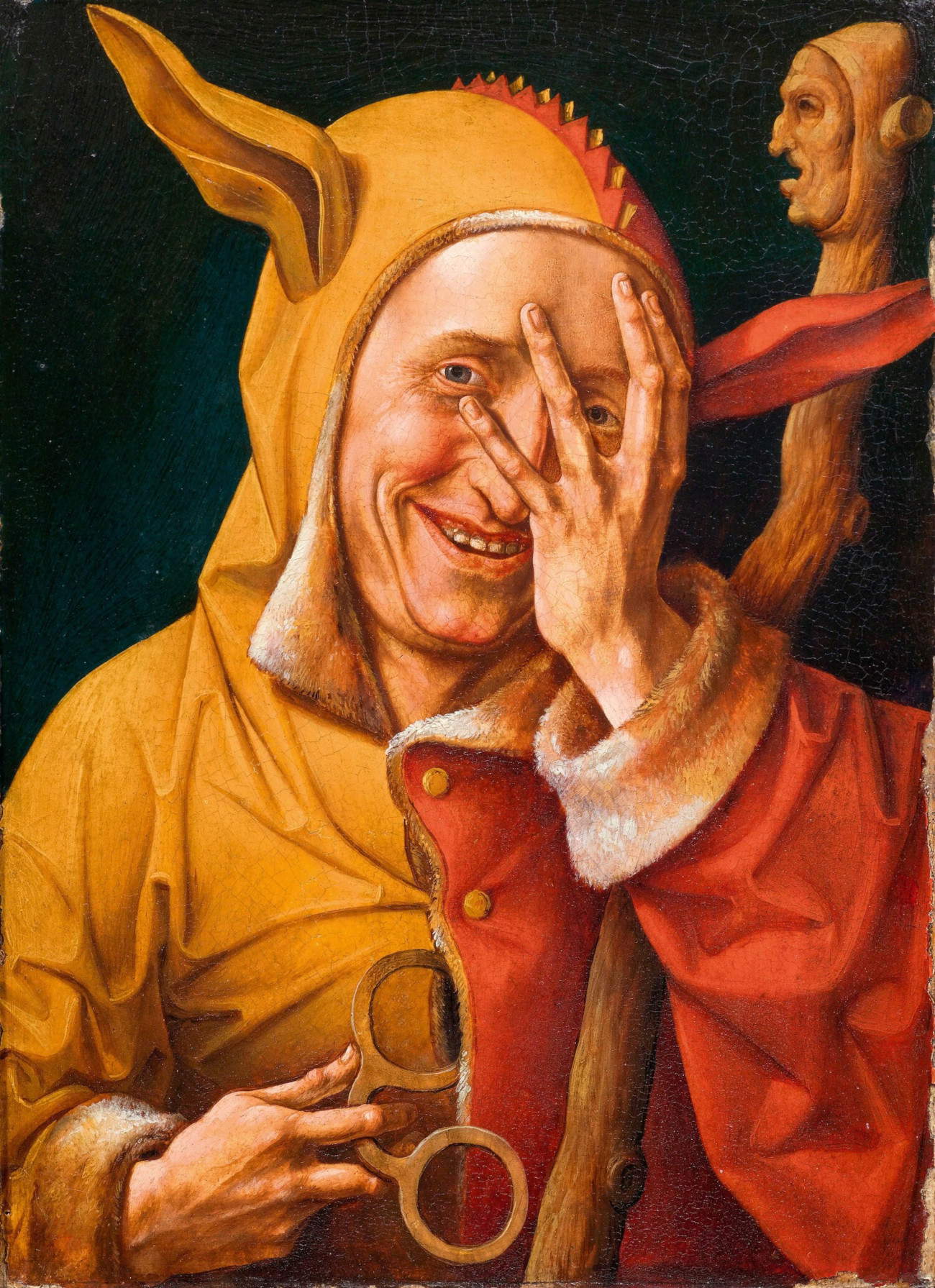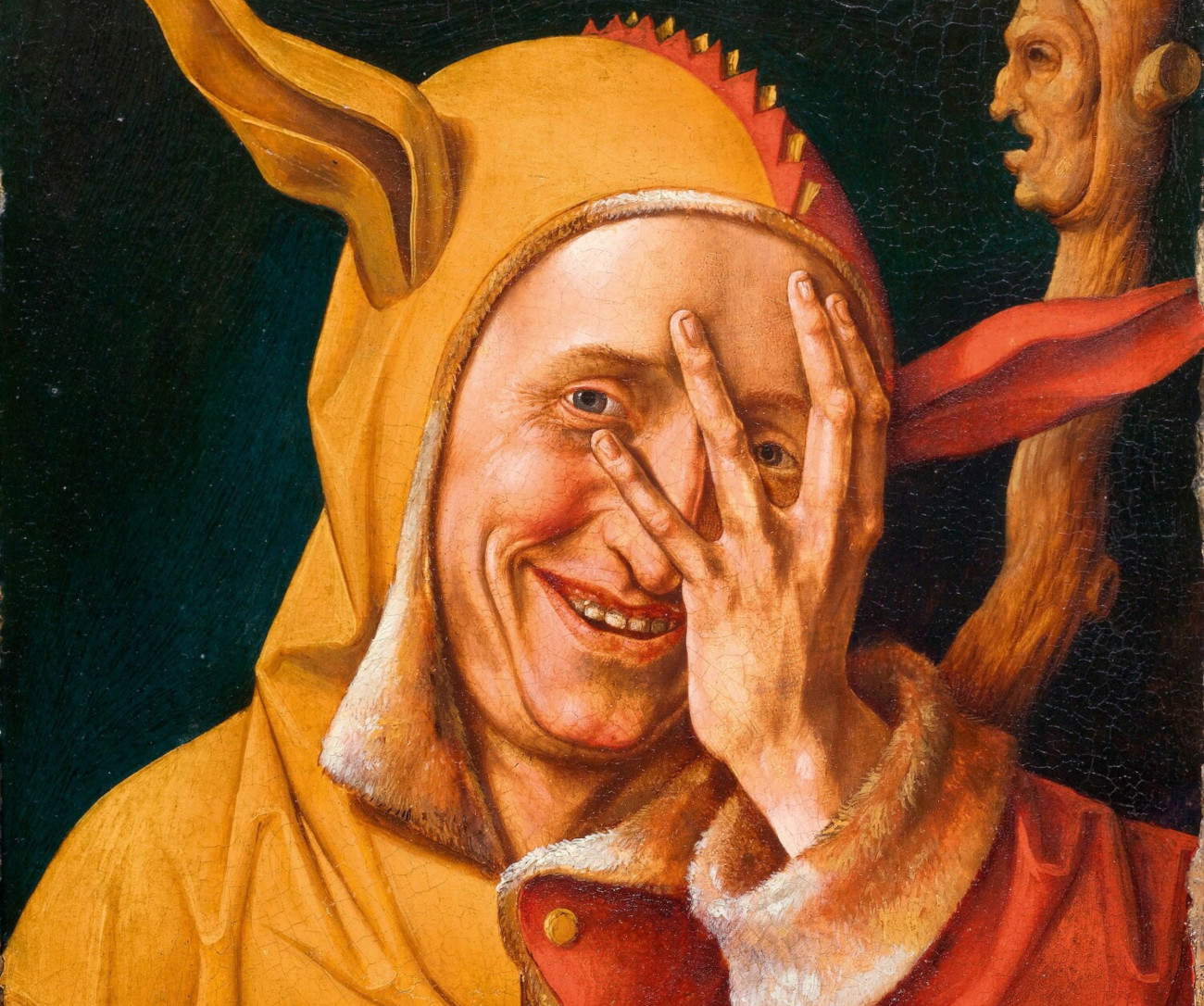From Oct. 16, 2024 to Feb. 3, 2025, the Musée du Louvre presents a brand new exhibition dedicated to the figure of the madman, a protagonist in art from the 13th to the 16th century. During the Middle Ages and the Renaissance, the figure of the madman crept everywhere, from illuminated manuscripts to engravings, from tapestries to paintings, to sculptures and objects both precious and objects of everyday life. The fascination of his figure, ambiguous and subversive, reflected the turmoil of an age not so different from our own.
The Paris exhibition aims to investigate the pervasive presence of the madman and the lunatic in late medieval Western art and culture, seeking to decipher the crucial role these figures played in the transition to modernity. While making people laugh with their antics, madmen conceal a deep complexity of erotic, scatological, tragic, and violent overtones. They entertain, warn and subvert social values, even going so far as to challenge the established order.
Housed in the Louvre’s Hall Napoléon, the exhibition brings together more than 300 works from 90 French, European, and American institutions, with the aim of offering an immersive journey into Northern European (especially French, Flemish, Germanic, and English) art. The exhibition aims to highlight the more secular aspects of the Middle Ages and recount the disappearance of the figure of the madman with the advent of the Enlightenment and reason. However, the madman re-emerges in the late 18th century, continuing to inspire artists who begin to ask, “What if I were the madman?”
The exhibition curated by Élisabeth Antoine-König, chief curator of the Decorative Arts Department, and Pierre-Yves Le Pogam, chief curator of the Sculpture Department of the Musée du Louvre, is organized with special support from the Bibliothèque Nationale de France in collaboration with the Phoebus Foundation. It is sponsored by the Fondation Etrillard and the New York Medieval Society.

 |
| An exhibition at the Louvre on the figure of the madman in art, from the Middle Ages to Romanticism |
Warning: the translation into English of the original Italian article was created using automatic tools. We undertake to review all articles, but we do not guarantee the total absence of inaccuracies in the translation due to the program. You can find the original by clicking on the ITA button. If you find any mistake,please contact us.